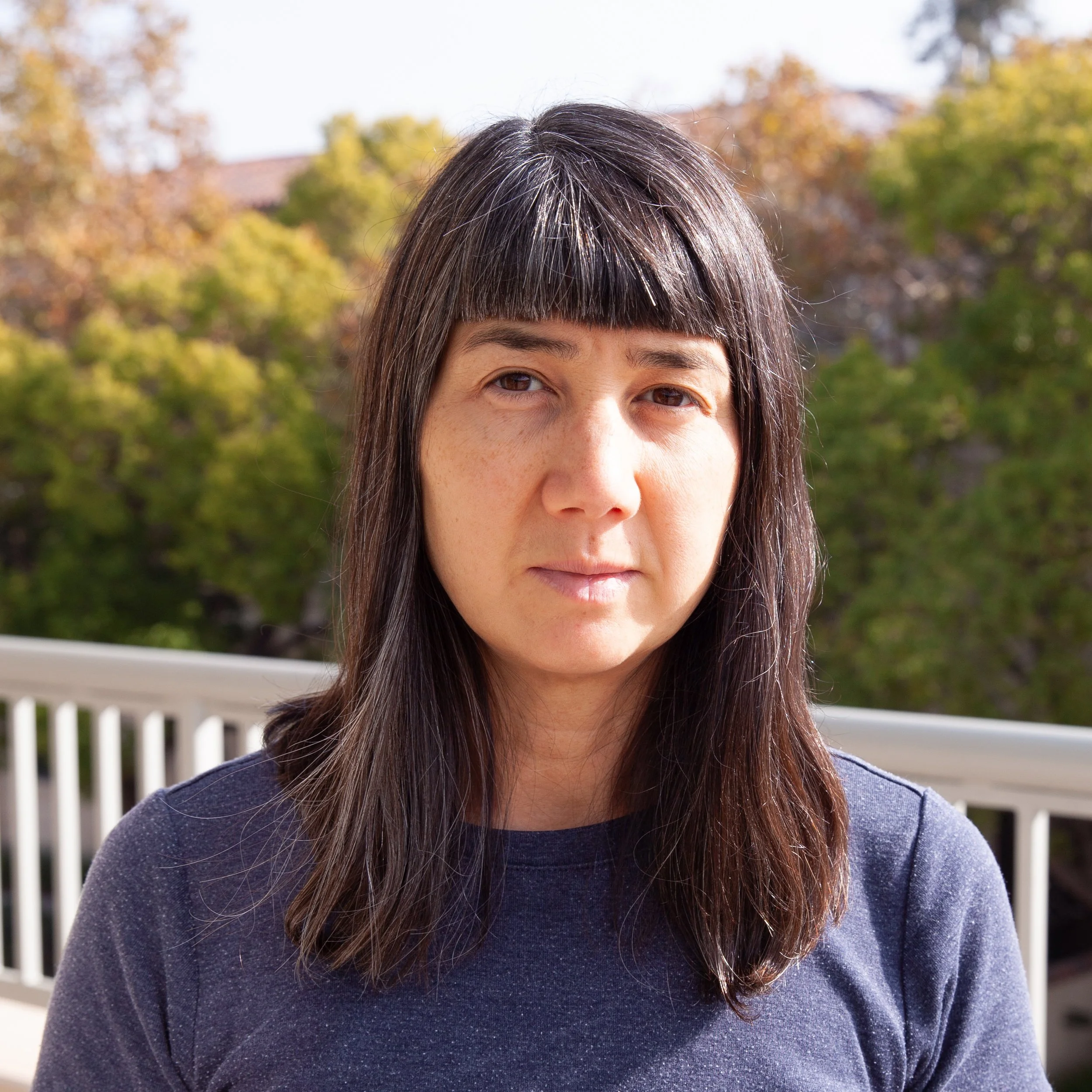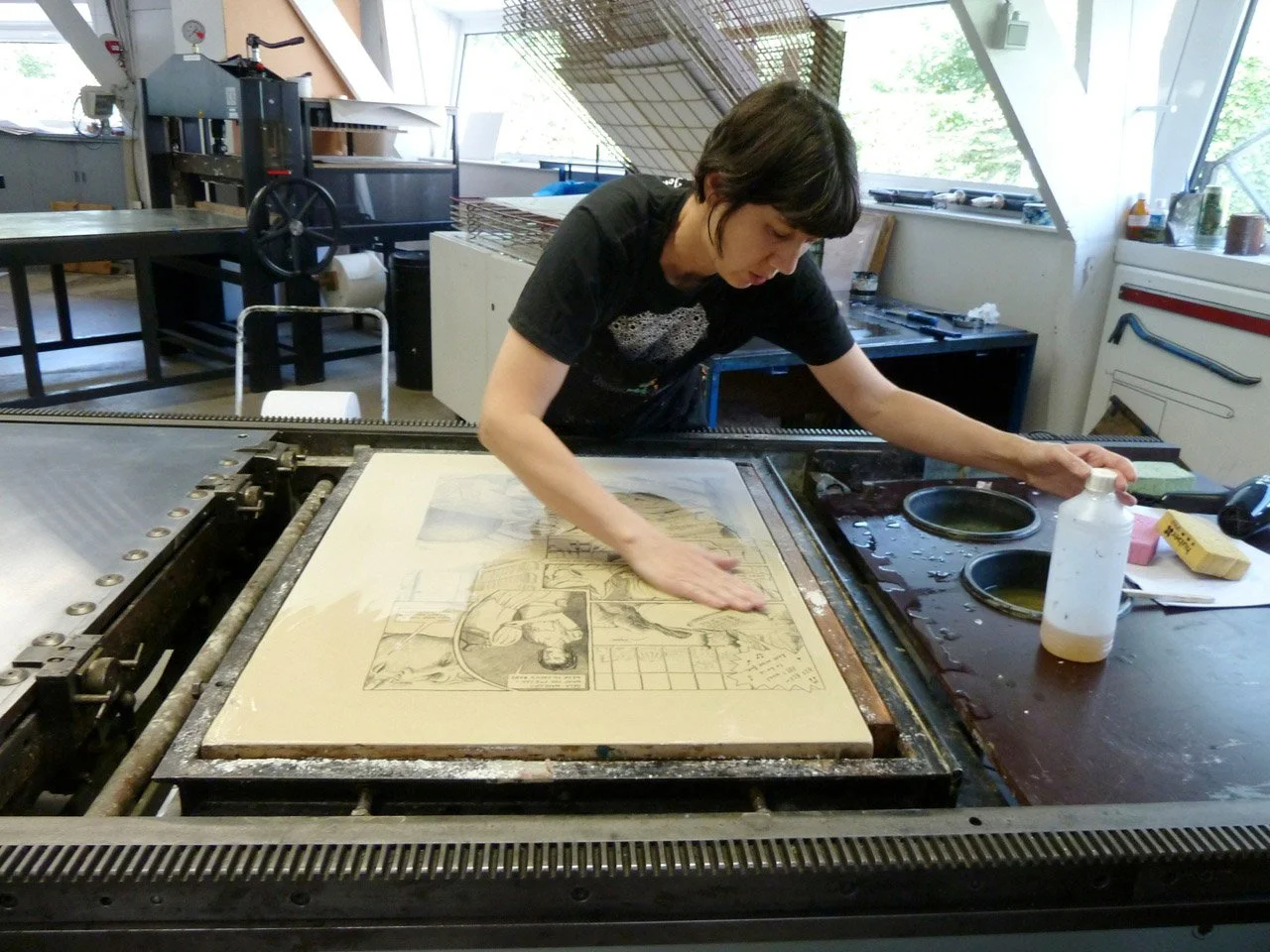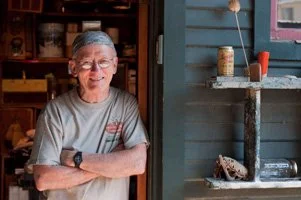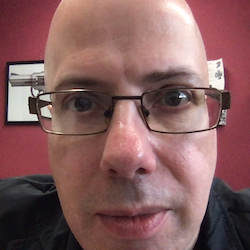ArtNow is an annual juried Santa Clara County high school art exhibition and educational program, presented by New Museum Los Gatos (NUMU). The ArtNow Exhibition and supporting programs offer opportunities for high school student artists, from Palo Alto to Gilroy, to gain real-world experience in participating in a juried museum exhibition.
Each year, a new theme is chosen for the exhibition and students are asked to submit works based on that theme. $10,000 in scholarships and awards are given to participating students. Students have the opportunity to win awards in 8 artistic categories as well as an overall Best in Show award and a People’s Choice award. The categories are Painting, Drawing, Mixed Media, Printmaking, Sculpture, Photography, Digital Art & Video/Animation. The awards in each category and the Best in Show award are determined by a panel of guest judges. Our judges for the 11th annual ArtNow Exhibition Brave New Worlds are Kathy Aoki, Henry Chambers, Mitra Fabian, Tony May and James Morgan. Learn more about the 2022 judges below! All of the ArtNow Brave New Worlds awards will be announced at the Closing Awards Ceremony on May 19.
Kathy Aoki
Kathy Aoki is a multi-disciplinary visual artist who uses satire to critique the absurd value systems that dominate gender, pop culture, and politics. Her printmaking work can be found in major collections across the U.S. including the New York Metropolitan Museum of Art and the Fine Arts Museums of San Francisco. She has been an artist-in-residence at numerous venues including MacDowell (NH), the Headlands Center for the Arts (CA), and Frans Masereel Centrum (Belgium). Aoki has completed commissions for the San Francisco Arts Commission, the Pennsylvania Academy of the Fine Arts Museum, and the San Jose Museum of Art. Her studio is located in the San Francisco Bay Area where she is a Professor of Studio Art at Santa Clara University.
Kathy Aoki working on a lithograph
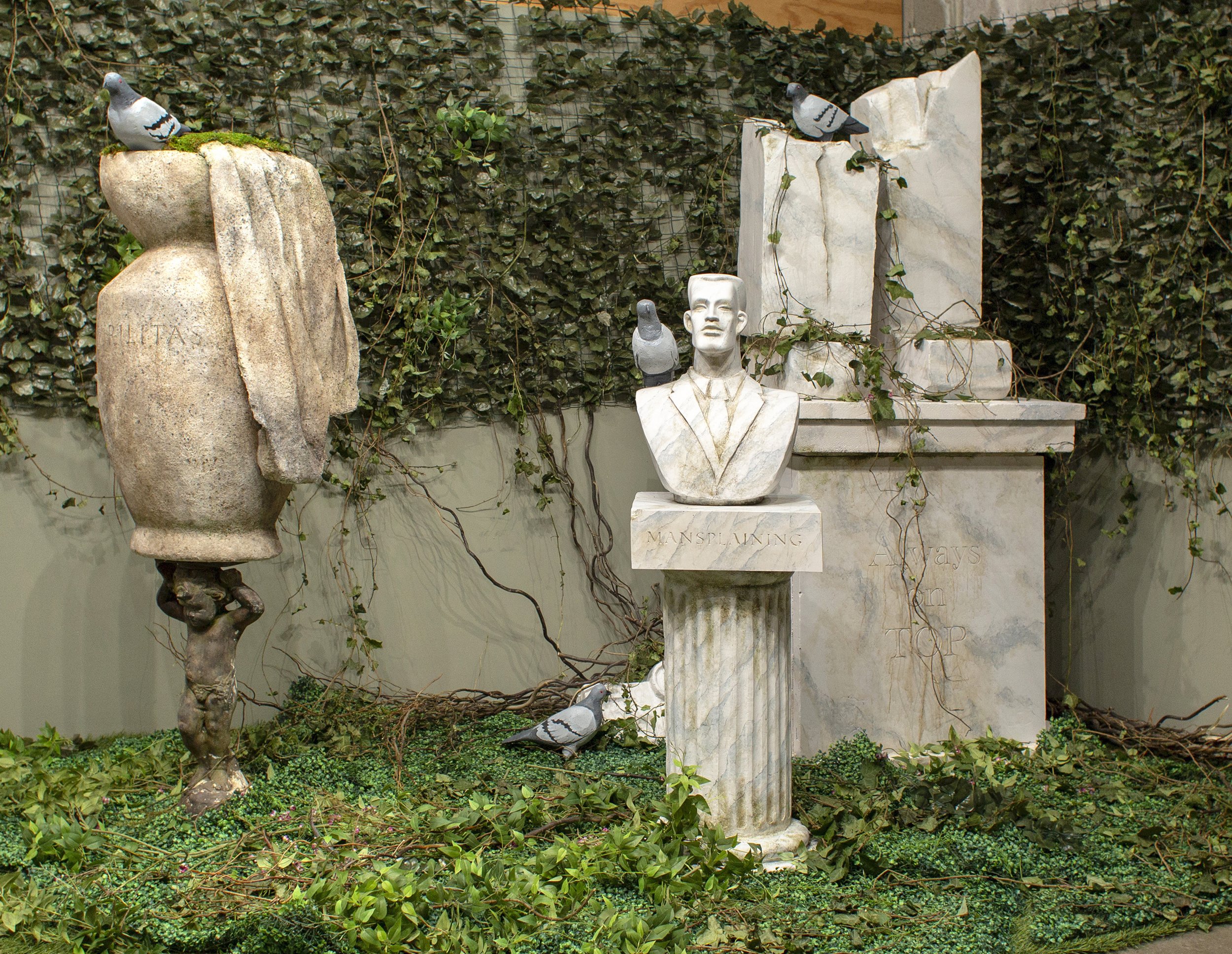
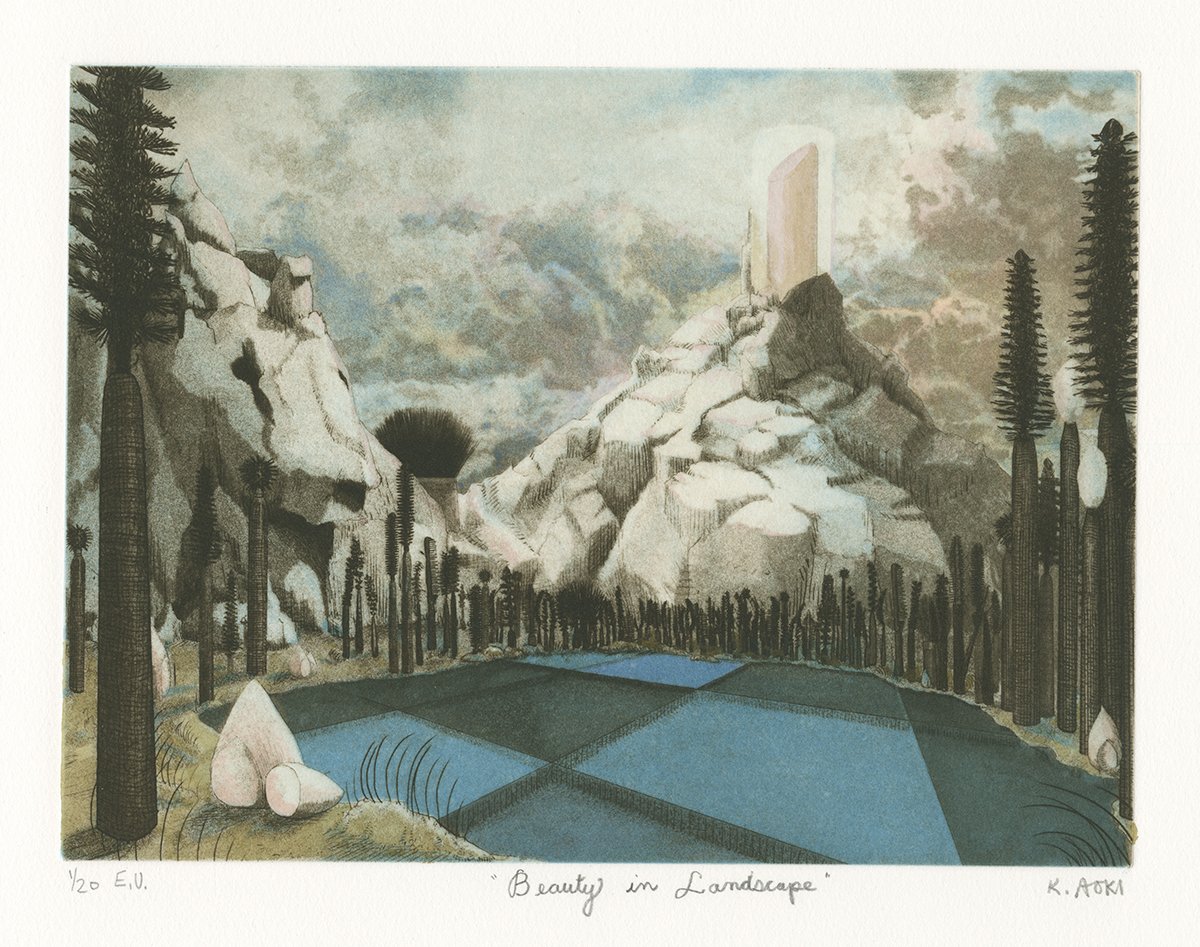
How long have you been making art and how did you get started as an artist?
My parents had a collection book from MOMA when I was growing up and, come to think of it, that might have had some influence at the start. We would also go to the Isabel Stuart Gardner Museum and other art museums on a regular basis - thanks to my mom. I finished high school in Sacramento and visited the Crocker Art Museum fairly often. At the university, I was a French major, but I think I took a grand total of five semesters of printmaking with Sylvia Lark, Don Farnsworth, and George Miyasaki.
What is your art about? What is the main message, question or goal that you are trying to communicate/represent with your art?
I express my bitter disappointment in beauty, pop culture, and political trends by subverting traditional museum formats with a twist of humor. Leveraging the exaggerated authority implied by museum settings, my installations use humor to comment on extreme beauty trends, consumer obsession with cute products, and gender-based privilege disparity. In addition to embedding commentary in fictitious artifacts, prints, and dioramas, my inventive narratives come through in the satirical, authoritative language in the labels, audio tour, and performance “lectures."
Why is art important to you and for society?
When I do not make art for a long time I start to get "itchy" and do not feel right. Through my art projects, I am free to observe and comment on many aspects of our daily lives as well as past histories. I want the viewer to rethink values and conditions that we take for granted. My work lures the viewer in with familiar formats and humor. When they suddenly realize something is not quite right with the scene, the wheels start to turn. In addition to questioning societal value systems, I also like to instill a sense of wonder in the viewer.
Do you have any words of advice for emerging artists?
Be as polite and professional as possible, all of the time; it makes a difference. Keep learning throughout your whole life; there are so many different kinds of art to make! Always make your work to your fullest capacity.
Henry Chambers
Henry is a Northern California native that achieved a BFA in Painting, an MFA in Studio Art in 2015, and MA in the History and Theory of Contemporary Art in 2020. He continues to pursue his passions of painting, theoretical writing, and digital photography. Here, as an Admissions Counselor at CCA, he is excited to help guide new students as they begin their own unique artistic journey.
Henry Chambers, Past Due, Installation 2018
Henry Chambers, Netflix & Bills, Installation 2018
How long have you been making art and how did you get started as an artist?
“A long time.”
What is your art about? What is the main message, question or goal that you are trying
to communicate/represent with your art?
“I consider the little everyday tasks and everyday pressures that add up to quietly loom in the background of our lives. Is our digital democracy here to distract us from the fact that 97% of all currency is based on debt? ”
Why is art important to you and for society?
“Art is important to me and generally because through self expression we can connect with each other through our shared experiences.”
Do you have any words of advice for emerging artists?
“Emerging artists should never stop striving to evolve through research and dedication. Researching subjects that you find interesting will always lead to new ideas, concepts, and inspiration..”
Mitra Fabian
Mitra Fabian was born in Iran and raised in Boston. She received a BA in Art with an Anthropology minor from Kenyon College in Gambier, Ohio. She located to Los Angeles in 1996 and began to show her work both locally and nationally. She returned to school in 2002 to receive an MFA from California State University, Northridge. As of May 2005, she lives and works in the Bay Area. Fabian has been showing her work nationally since 1997, and had a solo show at the San Jose Institute of Contemporary Art in 2007. Her work has also been featured in shows the Museum of Contemporary Craft, the Laguna Art Museum, and the Armory Center for the Arts. She has also shown with prominent galleries in Los Angeles and San Francisco. In the summer of 2009, she was an artist in residence at Bemis in Omaha, NE. Her work has been reviewed by several media organizations including Spark, KQED Television, Ruby Mag, an online Argentinean art magazine, Angeleno Magazine, and Artweek. She is a professor at West Valley College teaching sculpture and ceramics.
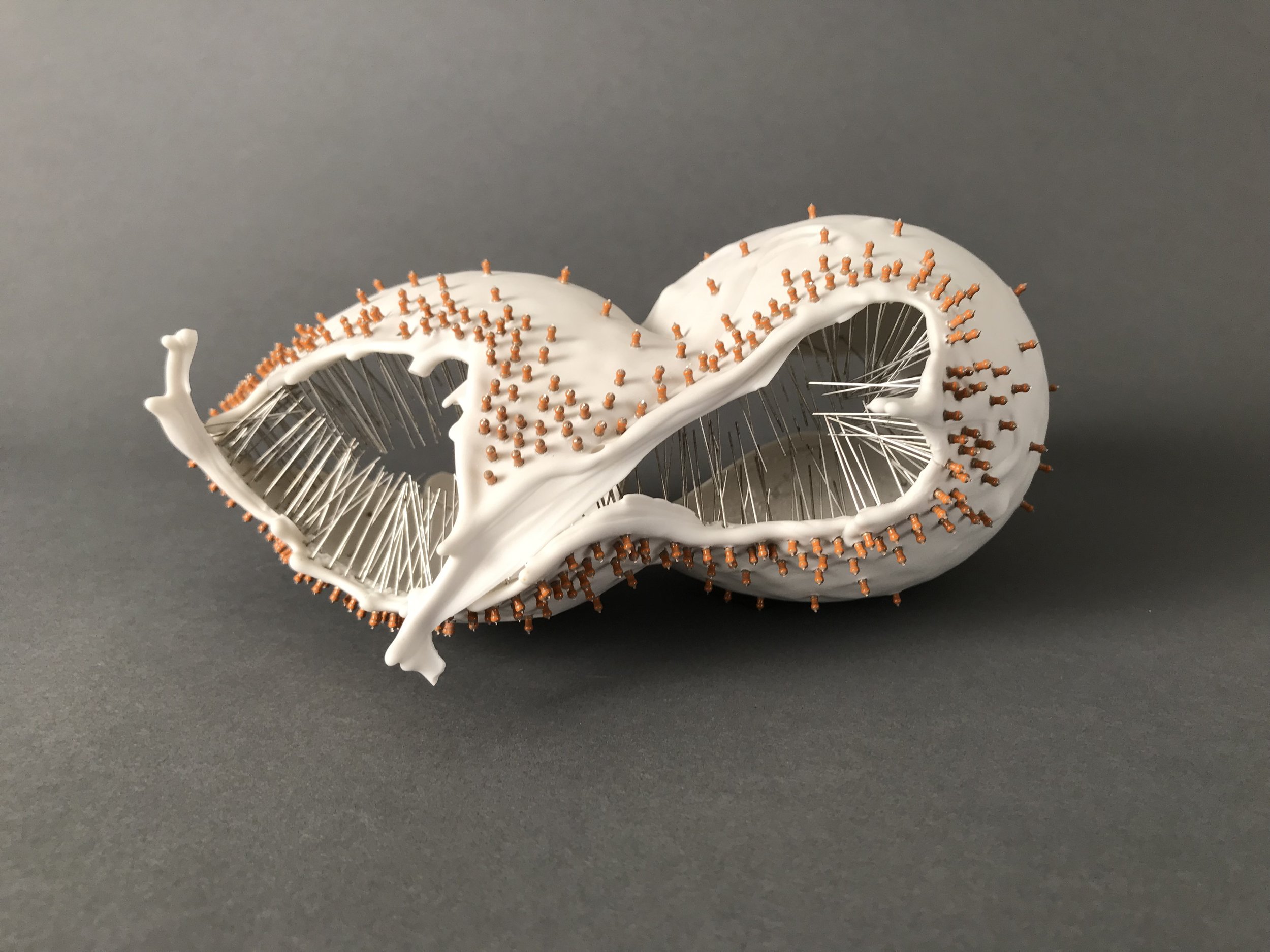
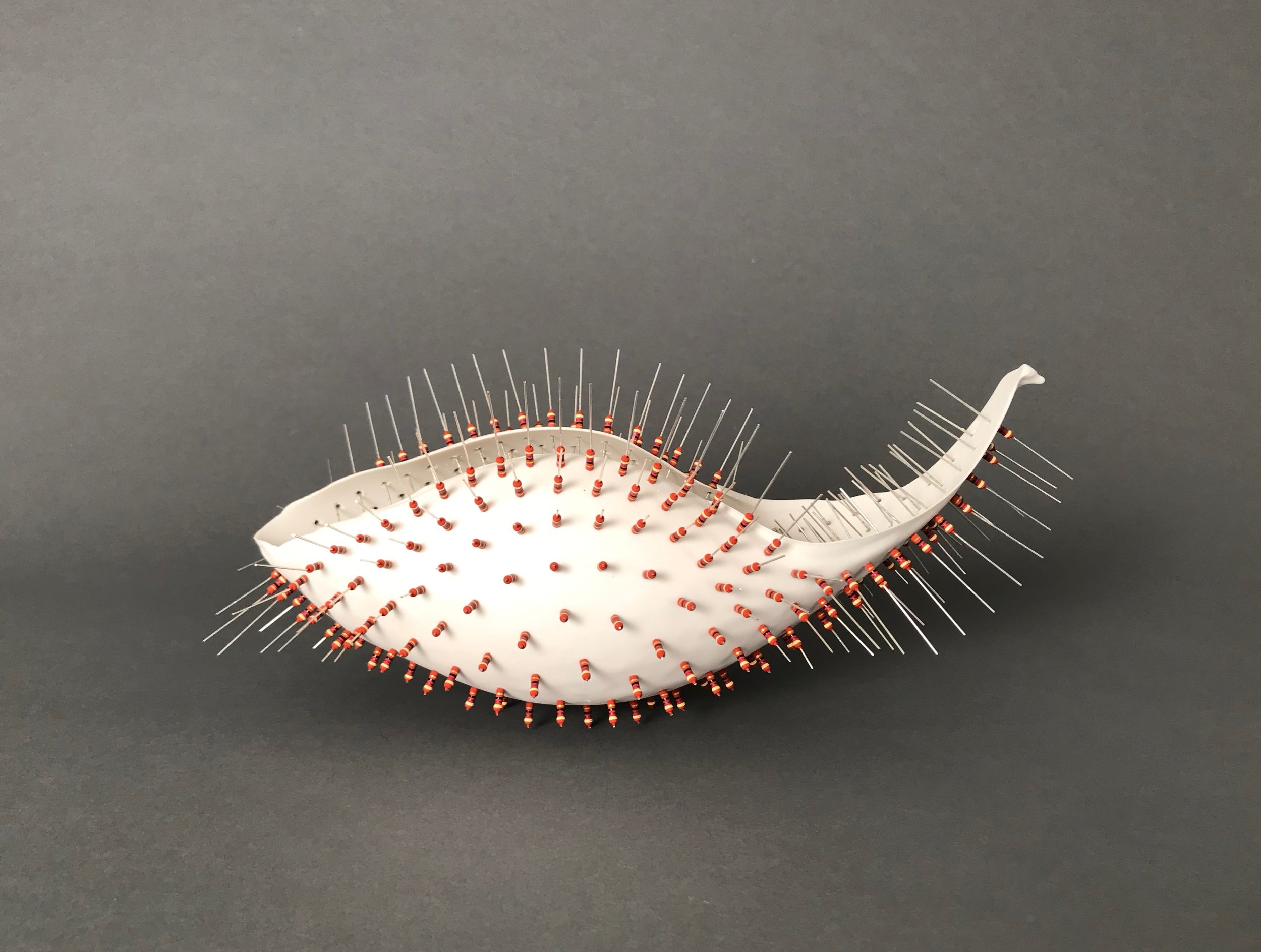
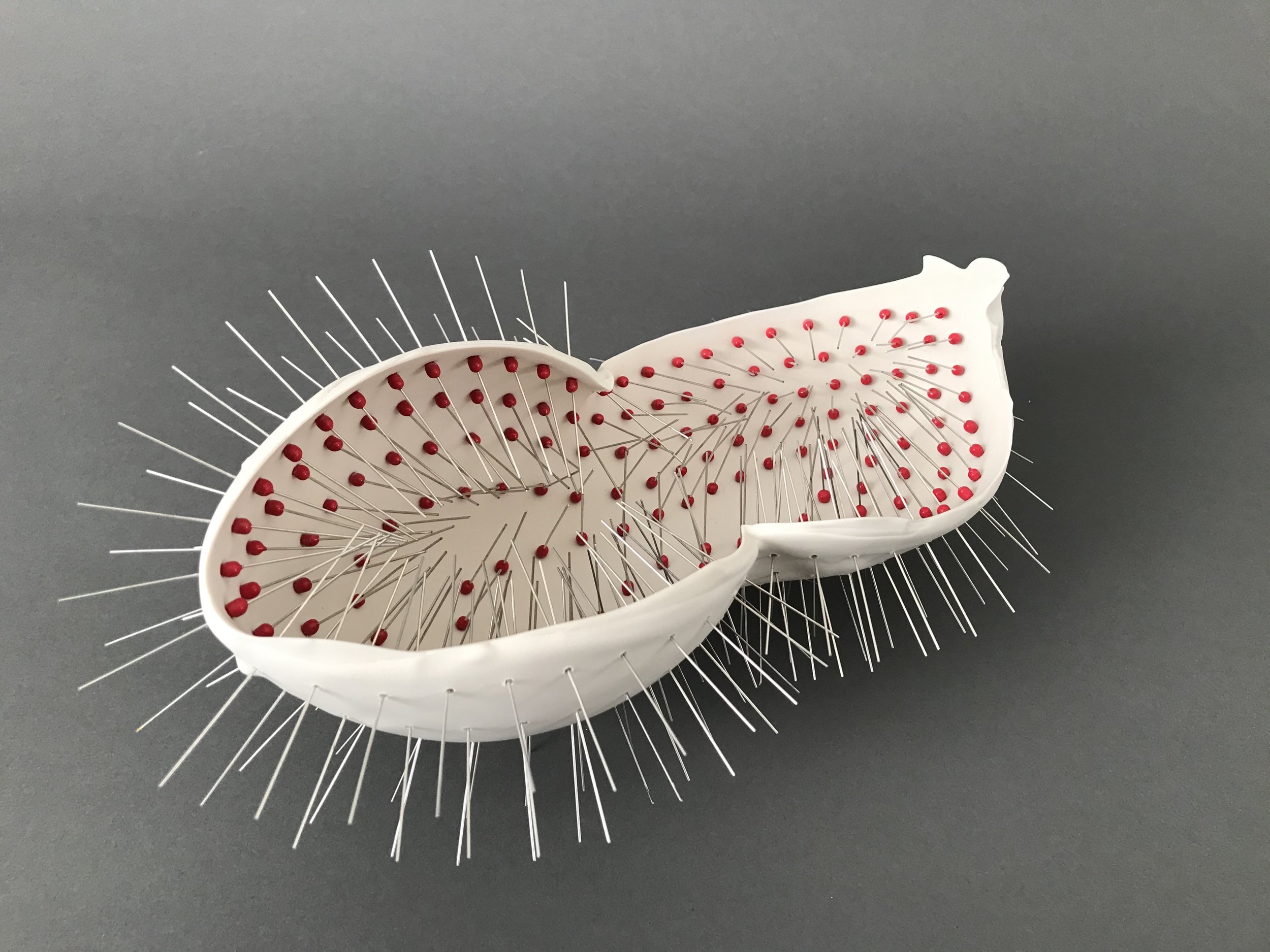
How long have you been making art and how did you get started as an artist?
I feel like I've been making art my whole life, but I didn't start taking it seriously until I got to college.
What is your art about? What is the main message, question or goal that you are trying to communicate/represent with your art?
My work is about intersections of natural and artificial, nature and humans, control and chaos. I subvert industrial/everyday materials to express these subjects with sculptures, installation, and drawings.
Why is art important to you and for society?
Art is culture. Art is how we express our most honest thoughts. It is a critical language when other forms of expression don't suffice. Without it we may as well be a bunch of robots.
Do you have any words of advice for emerging artists?
Be tenacious. Do honest work.
Tony May
Tony May was born in Mineral Point, Wisconsin in 1942. He grew up on his family’s farm and learned carpentry and metalworking from his father. He received his MFA from the University of Wisconsin-Madison in 1966, where he was a classmate of Bruce Nauman, and ultimately moved to California in 1967. May lives and works in San Jose, CA where he was a professor of fine arts at San Jose State for over thirty years until his retirement in 2005.
May has exhibited across the United States and internationally. The San Jose Institute of Contemporary Art organized a major retrospective of his work in 2010, spanning 40 years of his career. He has been commissioned to make several large-scale installations, including for the city of San Jose, an installation at the Capp Street Project, and an installation for the atrium of the San Jose Museum of Art titled Variable Book Construction (Bookmobile).
TONY MAY
Views of the T. House, 1991-1992
1 of a series of 18, acrylic on panel
Hung on painted muslin, cord, and bamboo
Courtesy of George Adams Gallery
How long have you been making art and how did you get started as an artist?
“I have been making art since I was a child and am trying to make it still at age 80.”
What is your art about? What is the main message, question or goal that you are trying
to communicate/represent with your art?
“I have worked as both a maker of 3-D objects in a variety of media and as a painter working in a photo-realist style, most often making paintings which document as well as comment on things I have made. My work has often taken the form of site-responsive installations and has a strong leaning toward the conceptual, the quasi-functional and the whimsical. I believe in the importance of craftsmanship and the hands-on involvement of the artist.”
Why is art important to you and for society?
“Art is important to me because it keeps me entertained, engaged with the material world and gives me a sense of accomplishment when I have completed something I like. In a larger social context art serves many functions. It is a form of interpersonal communication, a way of expressing ideas and feelings, even at times, a means of influencing others politically etc.”
Do you have any words of advice for emerging artists?
“My advice for young artists is to simply keep making art, if that is what you most enjoy doing!”
James Morgan
James Morgan is an instructor for Digital Media Art at San José State University and is the Director of Ars Virtua. His work involves social interaction, coded culture and democratic structures in game-spaces and simulations. James curates art and games in physical and simulated spaces. He has an MFA in Digital Media Art from the CADRE Laboratory for New Media. He has worked as a curator for nearly ten years, and shown work nationally and internationally at venues such as 01SJ, ISEA2006, EMAF, Laguna Art Museum.
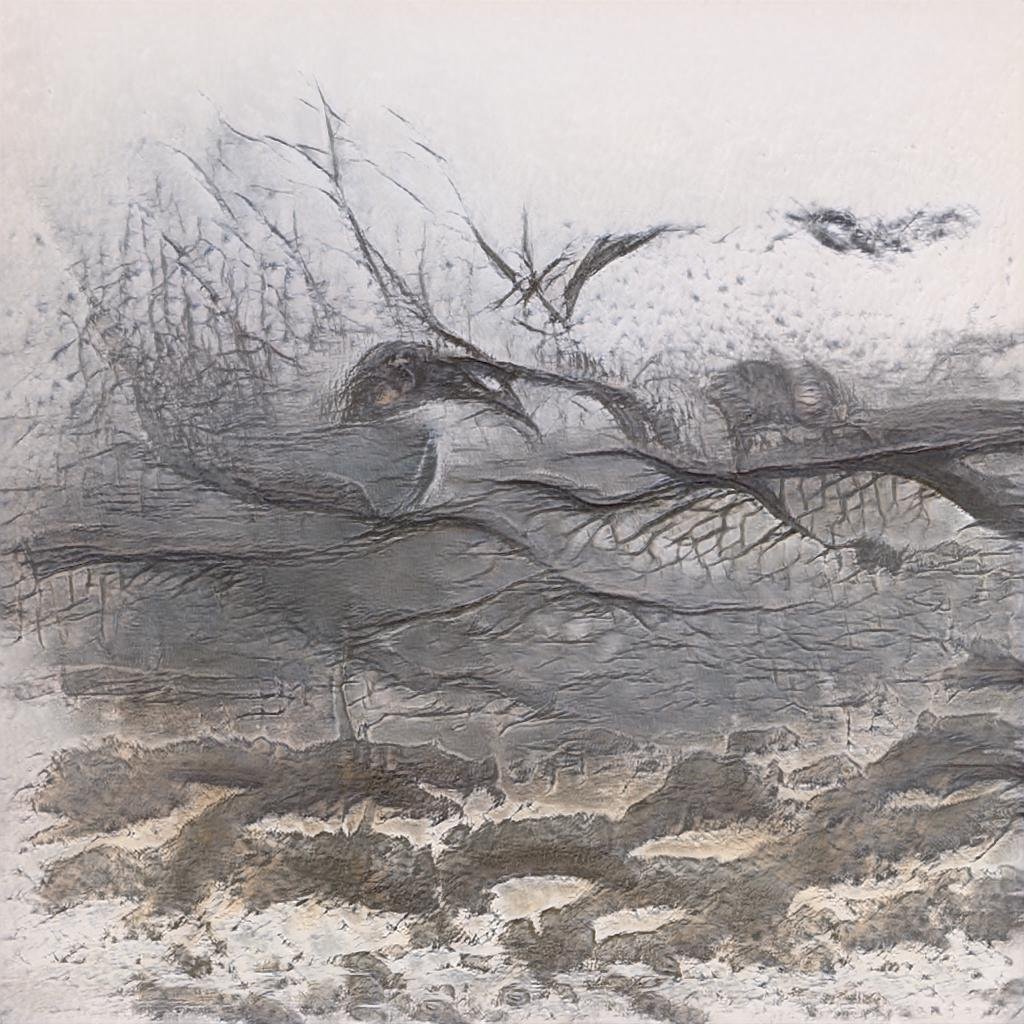
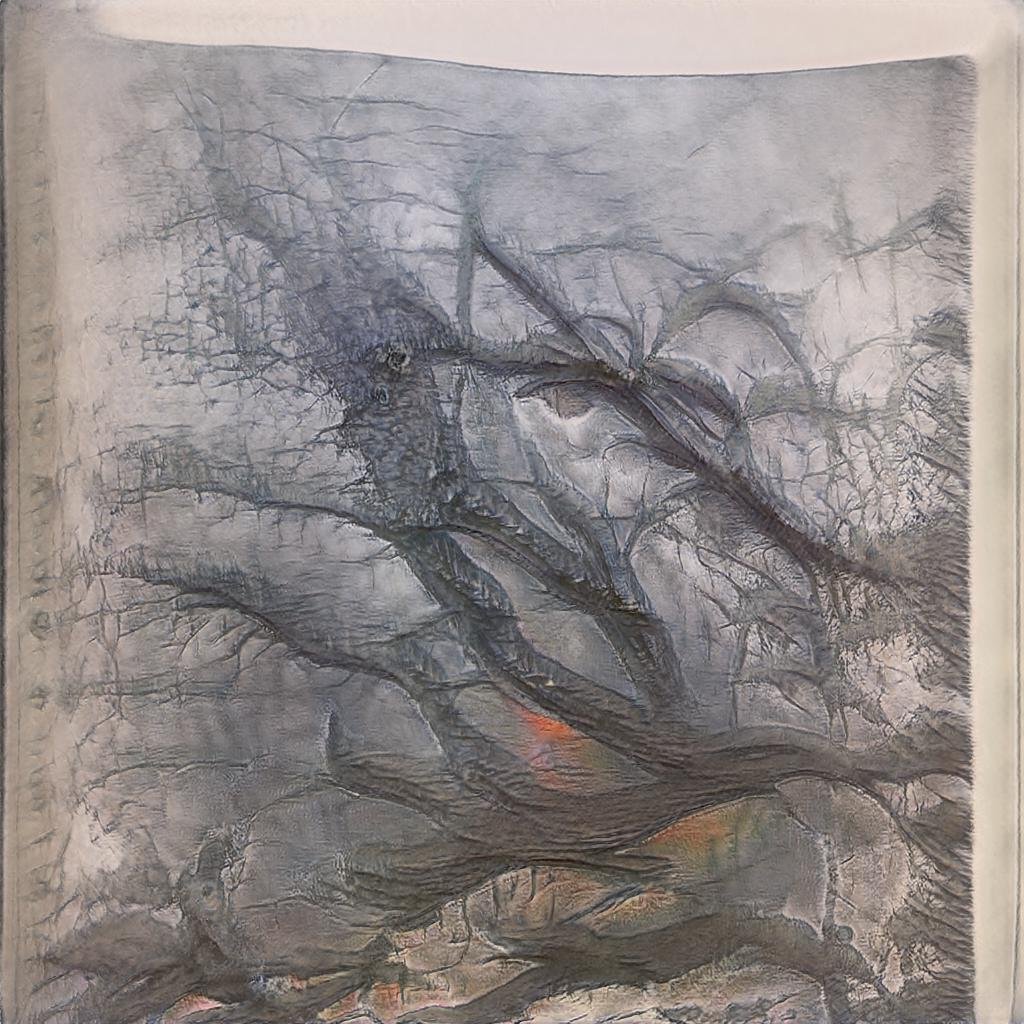
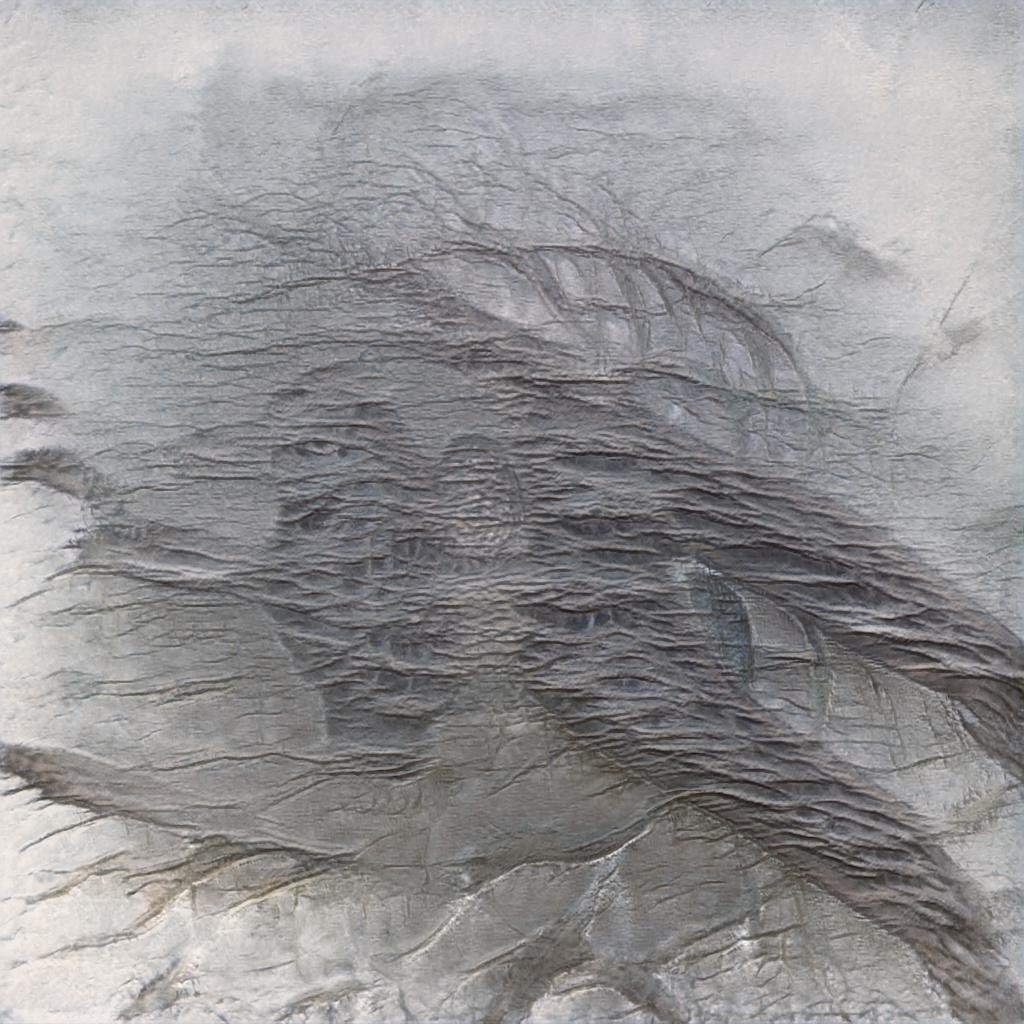
James Morgan, Memories of San Jose I, 2020
“Playing around with images from the last 18 months and making some new vague memories of San Jose and the house I lived in for 8 years”


